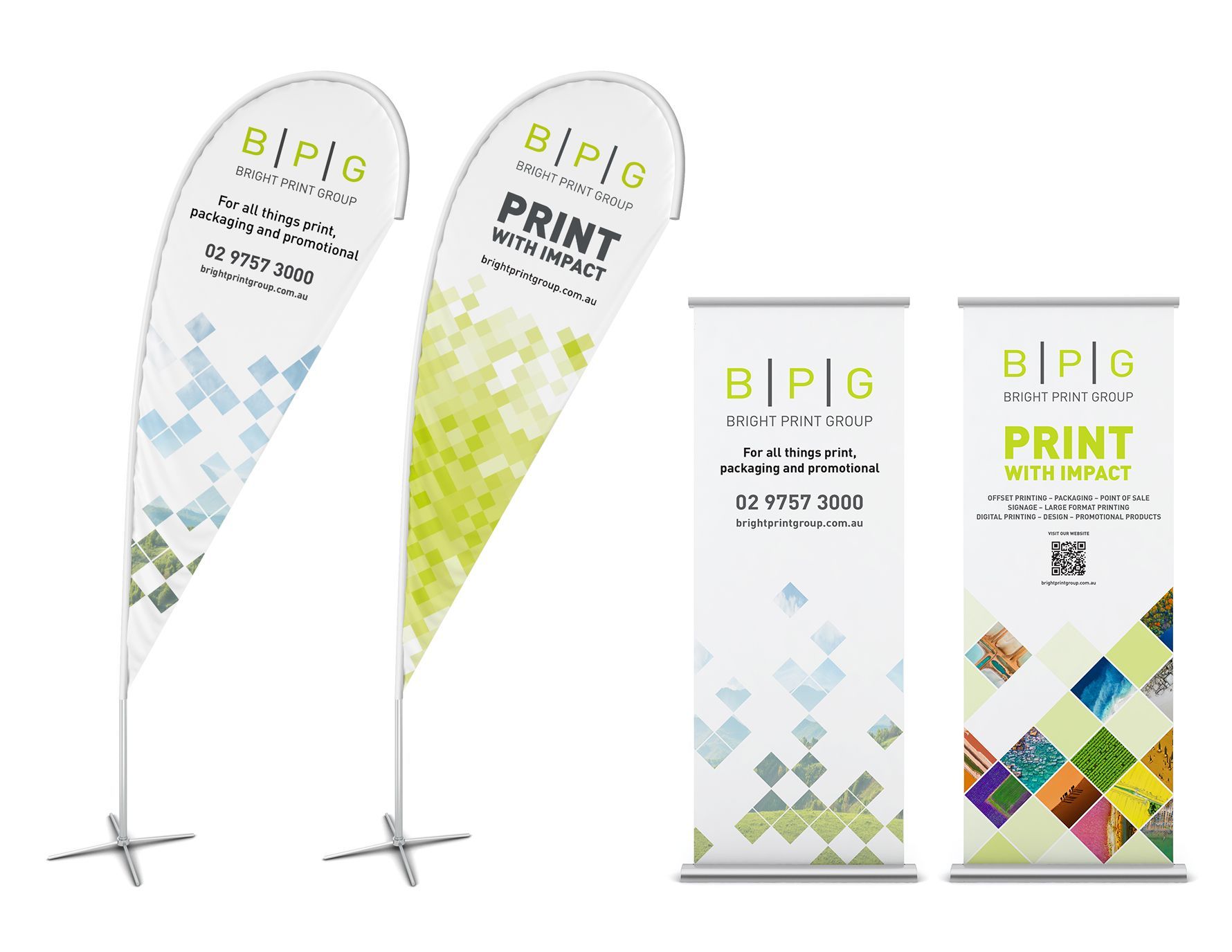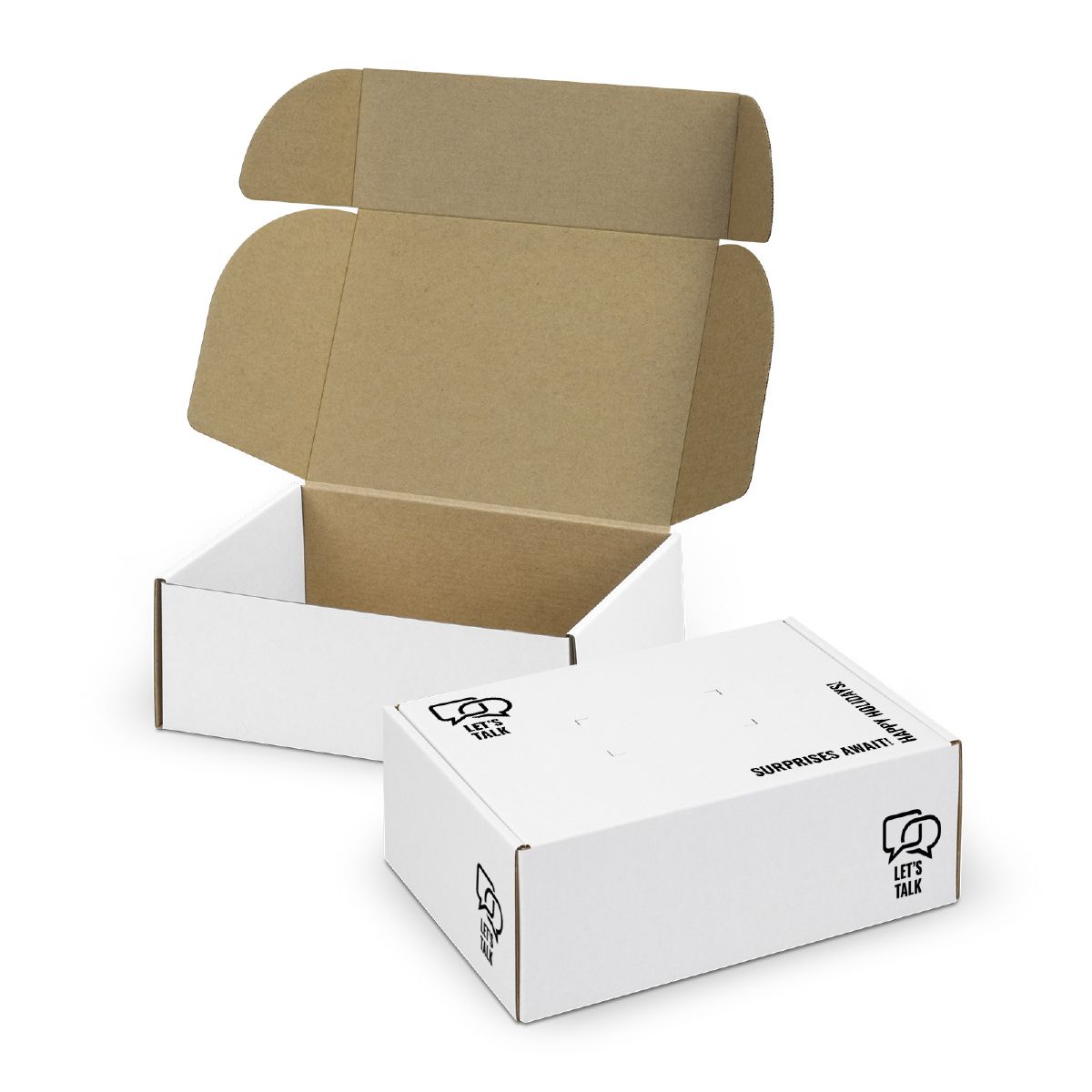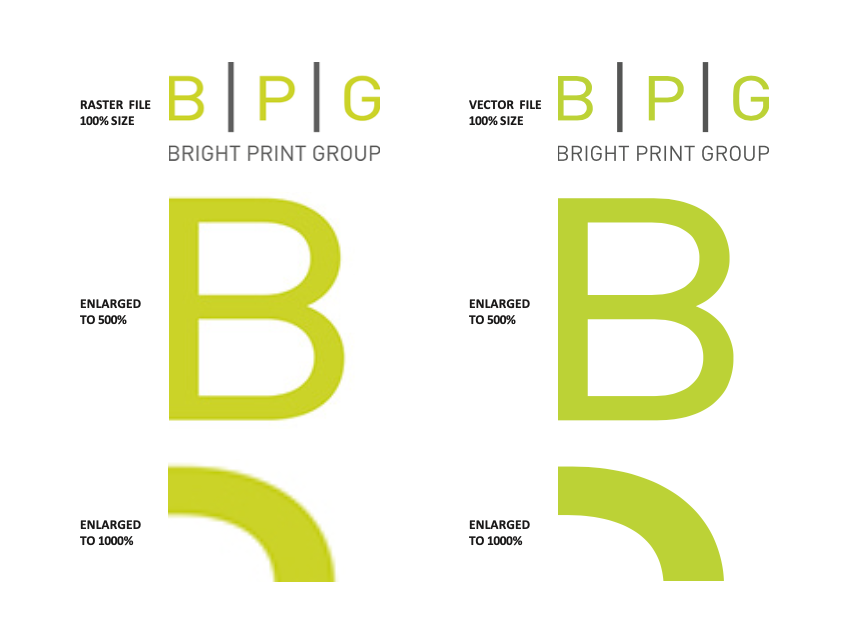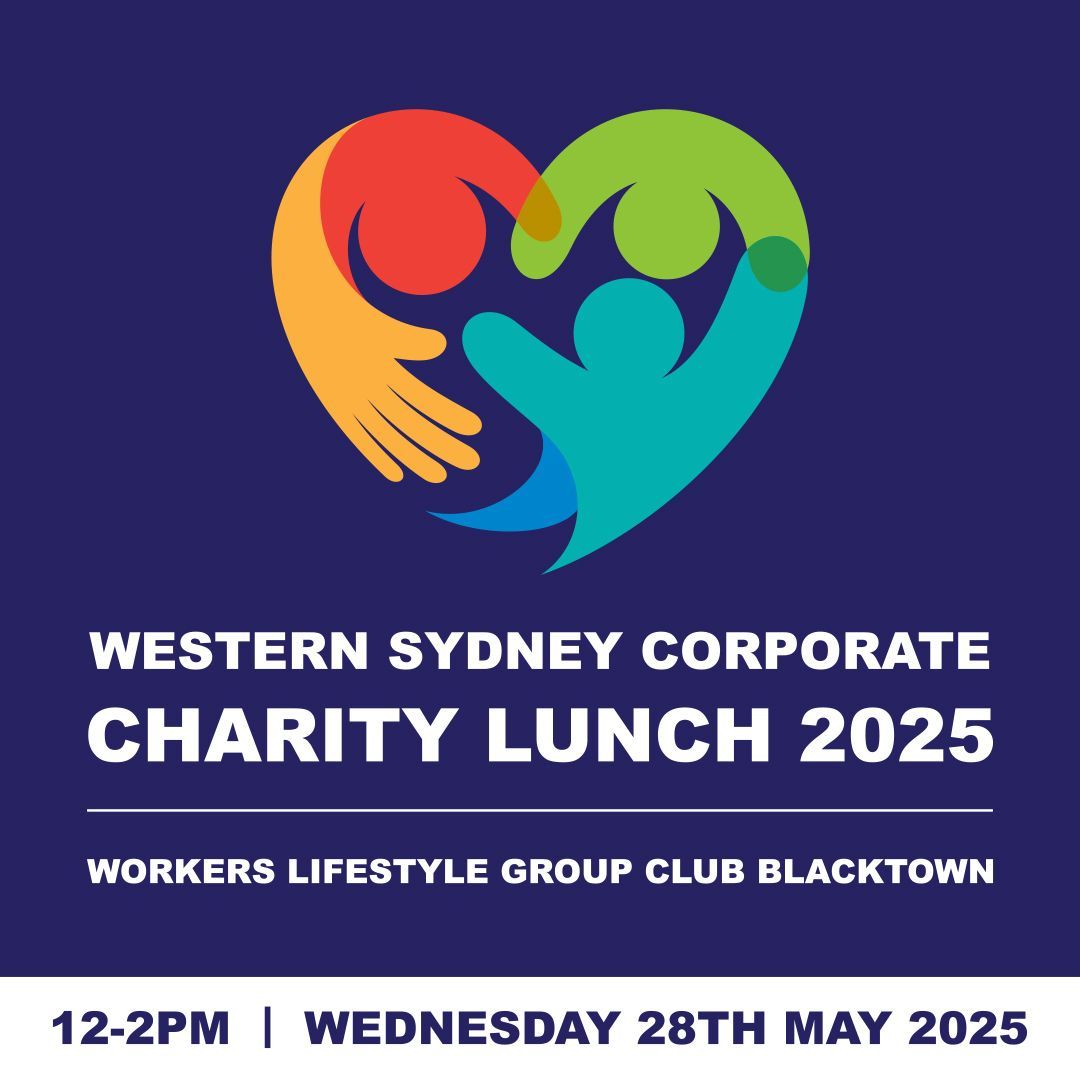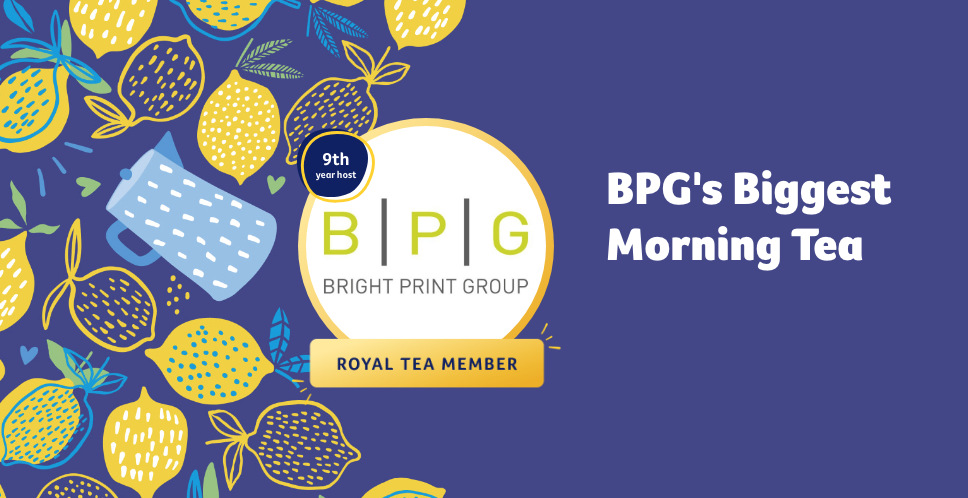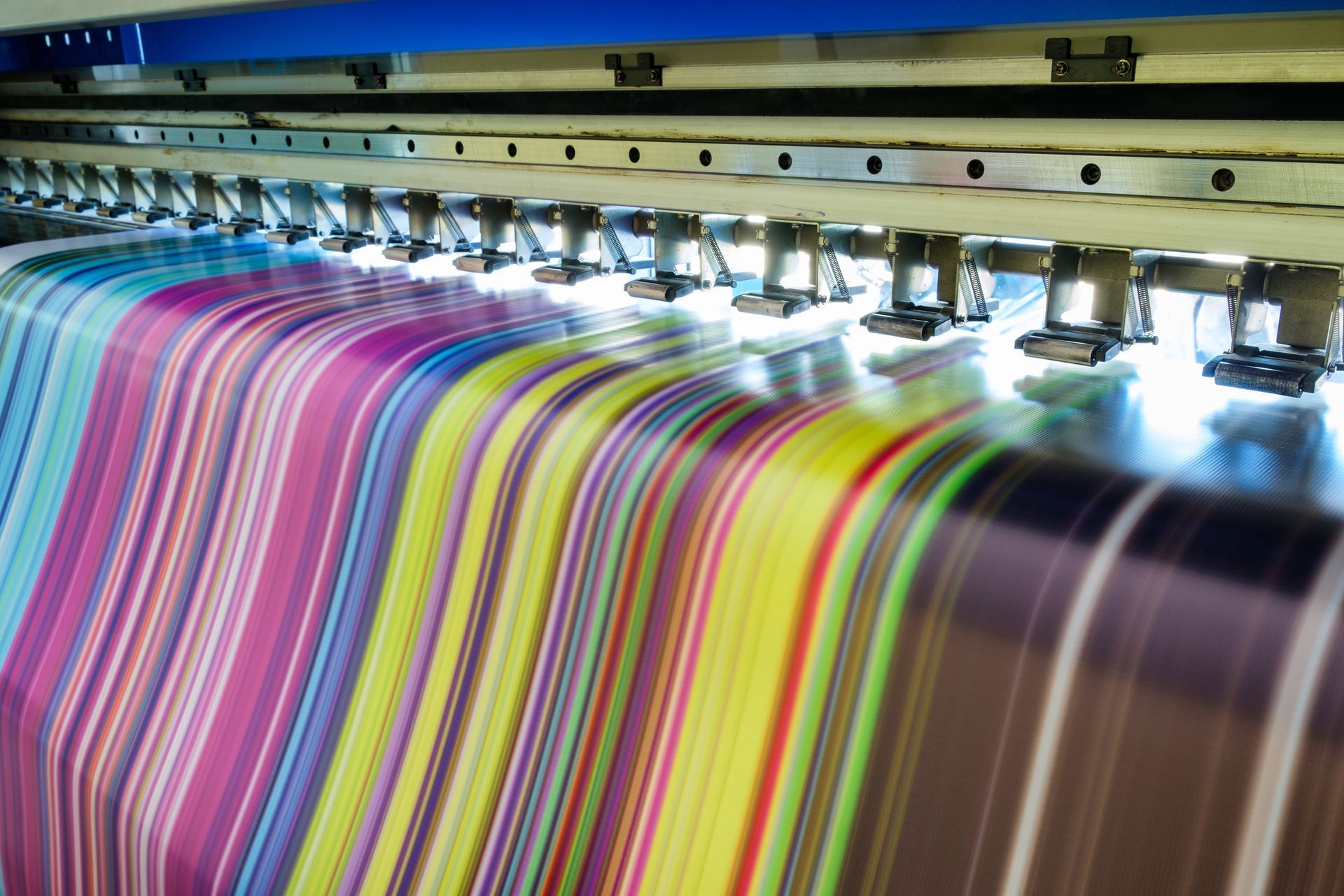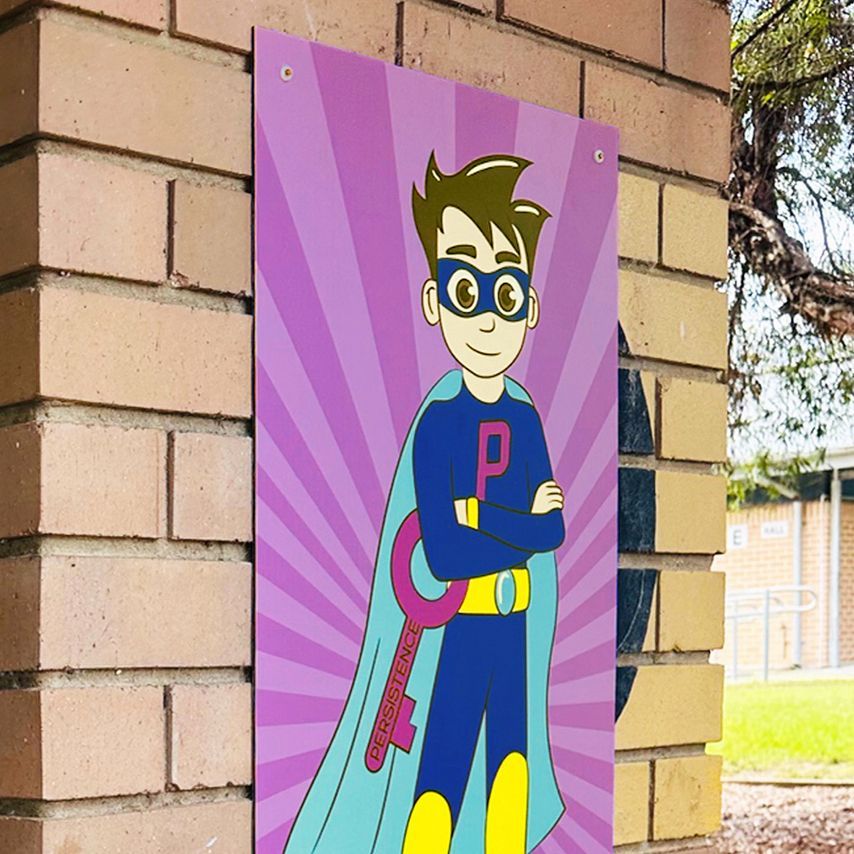Monochrome Design and Printing

The monochrome design revival is currently trending. Once viewed as limiting in design and outdated, monochromatic designs can be seen popping up in recent popular branding with a fresh perspective.
As a counter-trend to recent maximalist design and visual overload, monochrome design is driven by a desire for simplicity and elegance. It's now seen as a versatile and timeless style that can be adapted for various purposes and modern aesthetics.
What is Monochrome?
Commonly mistaken for bold black-and-white compositions, monochromatic design refers to single-tone colour schemes that use one colour throughout a composition.
The creative direction is to approach the design using different shades, tones and tints of a single colour to achieve visual depth. To compensate for the lack of colour, there is an emphasis on using contrast and texture to create appeal.
Why design in Monochrome?
With the rise of minimalism, the desire for simplistic monochrome in design is trending. A cultural shift from information overload has led people to seek reduced visual clutter. Monochromatic compositions can provide a sense of calm, suggesting a clean visual environment away from the busy surrounds of modern life.
Sophisticated use of a single colour in design can elevate a brand's memorability. By using a consistent unique hue in your brand assets, businesses can promote instant recognition with their customers.
High contrast and consistent tones make monochrome compositions easier to read, enhancing the message's clarity and giving customers confidence in a brands' narrative.
Another benefit of designing with one colour is that various elements can be combined to look like they belong together. Designers can use dissimilar images and design elements and make them look uniform with the same colour.
Effective Monochromatic Compositions
Colour Suitability
When choosing a colour to use, there are a few points to consider.
Does the artwork have to comply to existing brand guidelines? Do you need to use specific colours from the branding to maintain consistency? If the design is not locked into existing brand guidelines, who is the target audience? Align your tone with your brand personality and target audience.
What mood do you want to create? Different hues will send out different messages. You may need to match the psychology of a colour with the direction you want your message to make. Specific emotions in consumers can be triggered by certain colours. For example, corporate navy blue is often associated with trust and security, while a bold passionate red can evoke feelings of excitement or urgency.
Colour Contrast
With the absence of multiple colours, the design focus shifts to the use of tints, tomes and shades of the chosen hue.
- Tints: the base colour lightened with white
- Tones: the base colour muted with grey
- Shades: the base colour darkened with black
Incorporate different strengths of tints, tones and shades with high contrast to develop focal points and draw attention to important elements. Light and dark of the same colour can also create visual hierarchy or separate sections of the layout.
When selecting photos, choose images that convert to monotone with strong contrast. Higher contrast results in better visual clarity.
It can be useful to begin your design in grayscale to assess contrast and clarity before applying colour.
Visual Depth
With the absence of multiple colours, monochromatic design is heavily reliant on layout diversity created from dynamic typography, shapes, textures and negative space within the design.
The key is to break up large areas of the same tone to add visual interest. For example, incorporate textures into the background. Or differentiate elements within the design with varying line and font thicknesses. However, a good balance of negative space should also be applied to create a clean and impactful design.
Design Considerations for Print
Before setting up your files, it is critical to understand the printing method and paper you will use.
If using offset printing, designers should discuss with their clients about the number of inks they want to print with to align with their budget.
They can opt to set up one colour or multiple colour swatches. For example, the design could contain a green ink and black ink to help create tones and shades of the green, resulting in a TWO colour print job. If opting for one colour print, the design should only use ONE spot colour in the file.
Often designers may find the use of one or two inks a bit flat, so may choose to create CMYK artwork that simulates monochome printing. Using FOUR colour printing, your images can veer slightly from the selected hue without compromising colour unity. Designing in CMYK is suitable for both offset and digital printing.
The paper stock choice will also affect the printed result. There are varying 'white' papers available, and the warm or cool undertones of a stock can change the final appearance of the artwork. Some papers also absorb ink differently, affecting the final appearance of the monochrome design. In addition, if a coating is applied to the final printed piece, the colour will shift as well.
To discuss design considerations and options available for your project, contact us at Bright Print Group
here.
